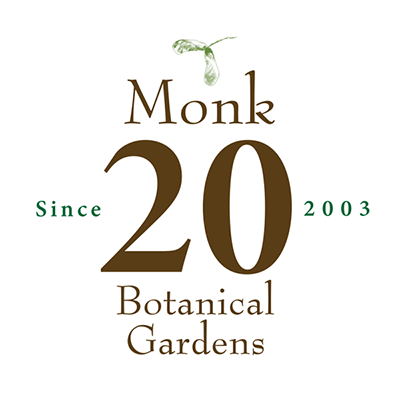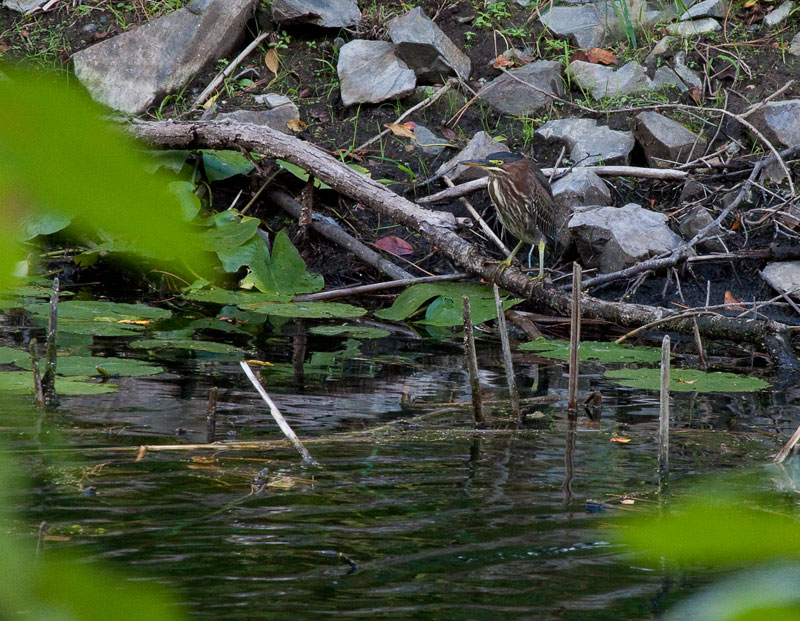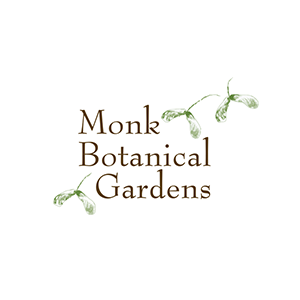Landscape Consulting Services
Why consider us?
As environmental stewards, we are providing our services to help clients create a plan of action and provide resources to solve their horticultural challenges. Monk Botanical Gardens promotes environmental sustainability, biodiversity, and the protection of our natural resources. We incorporate pollinator-friendly plants and low impact gardening practices into our consultations to help better serve the community.
Services Include:
Landscape Inspirations
Weed & Pest Control
Pruning, Planting & Plant Care Tutorials
Gardening with Natives
Flower, Vegetable & Fruit Gardening
Yard & Turf Maintenance
& More!
How much does it cost?
$150 for the initial one (1) hour visit
$75 per hour for additional work
Optional: A written plan detailing recommendations, next steps, and long term care starting at $75 an hour.
Questions? Email info@monkgardens.org or call us at 715-261-6309
Ready to schedule? Complete the form below!
Landscape Consultation Request
Please complete the form below to contact us about scheduling a consultation. The cost is $150 for the initial one (1) hour visit and $75 per hour for additional work. Optional: A written plan detailing recommendations, next steps, and long term care starting at $75 an hour.
“Thought you might like to see some pics of your recommended landscaping in the second summer. You did such a great job for us!”
-Signed a happy customer
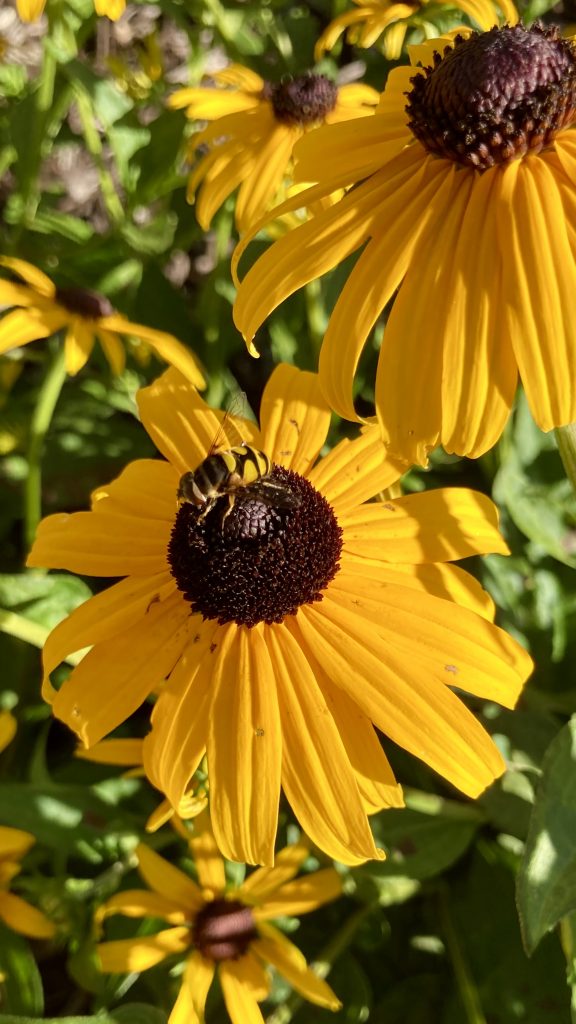
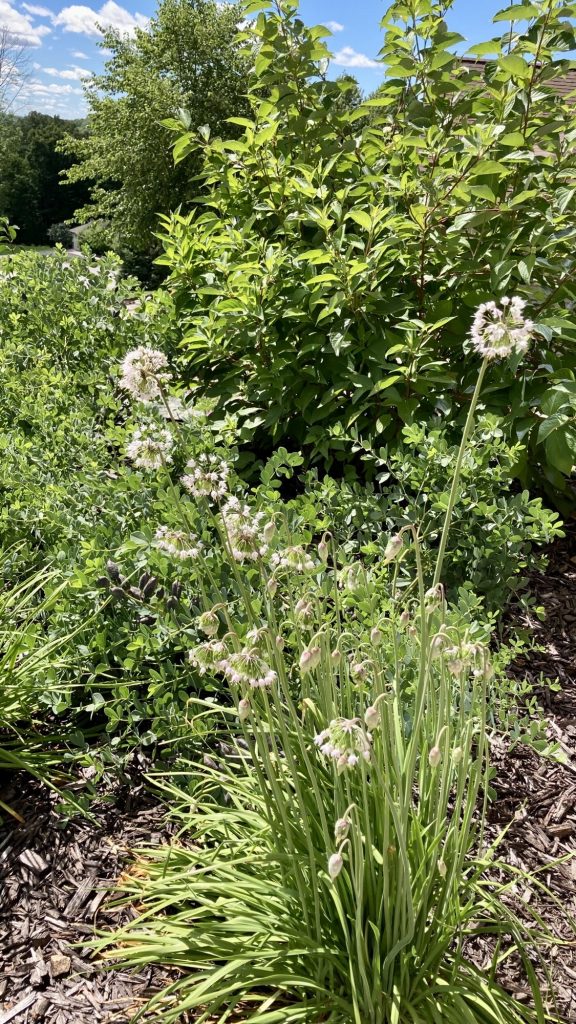
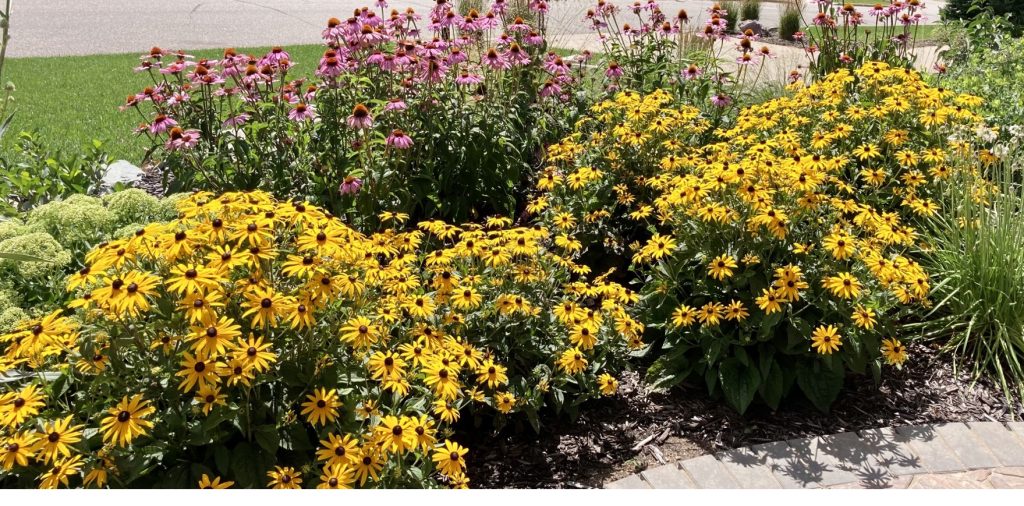
Native Gardening
For Birds
What makes native plants important?
Native plants have evolved with insects, birds, and other wildlife to provide the perfect food, shelter, and habitat. Lawns have replaced over 40 million acres of native plants, and do not contribute to the life of native insects, birds, & wildlife. Adding native plants to your yard and garden helps ensure wildlife has the food and habitat they need to survive.
Where can you see it at the Gardens?
Native plants are integrated into the Gardens in many areas, including both the established gardens and they can be found in the more wild spaces of the Gardens. Look for some specific native garden examples near the gazebo.
Near the Gazebo you’ll notice:
- many intentionally planted native plants, as well as preserving already present native plants
- removal of invasive plants or ornamental plants (many ornamentals have been saved and moved to more manicured garden spaces)
To try native gardening at home, try some of the steps below:
- Observe your site – is it sunny or shady? wet or dry?
- Identify the plants you already have. Are they native or non-native?
- Add native plants to the ones you might already have. You can do this slowly, even 3-5 plants per year makes a big difference for wildlife.
- Reduce your lawn. Use leaves and natural mulch in planting areas.
- Use natural items for borders instead of plastic or metal edging.
- Avoid using herbicides, insecticides, and pesticides.
- Leave leaves and small brush piles for wildlife to use.
Resources to help you on your native gardening journey:
Books:
- Birdscaping in the Midwest by Mariette Nowak
- Nature’s Best Hope by Douglas W. Tallamy
Websites:
